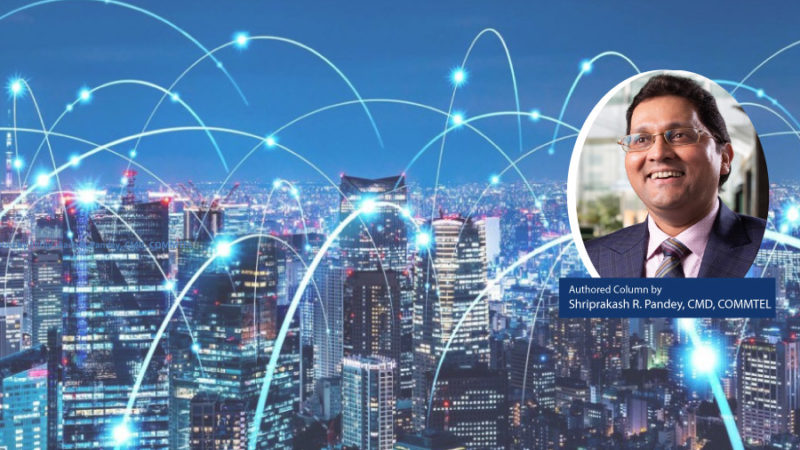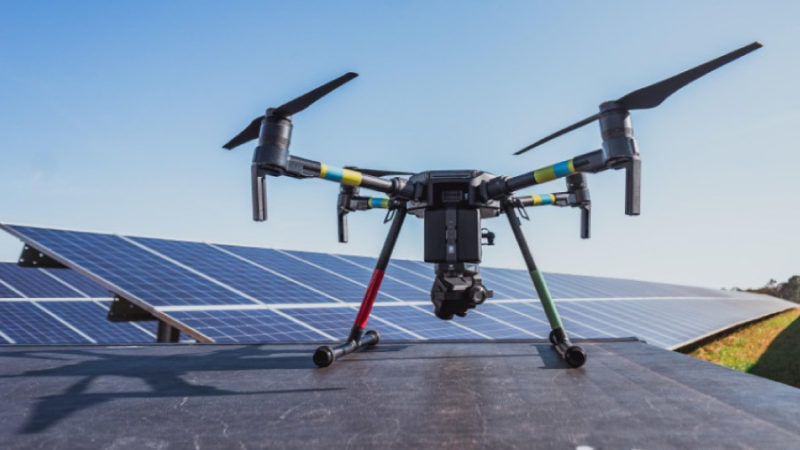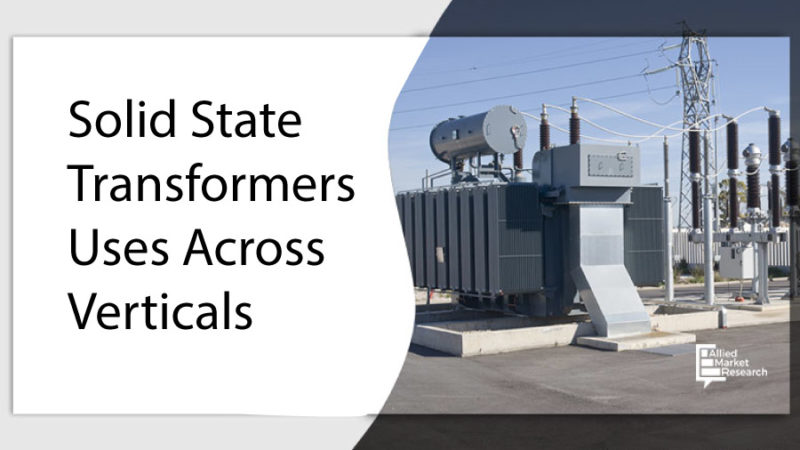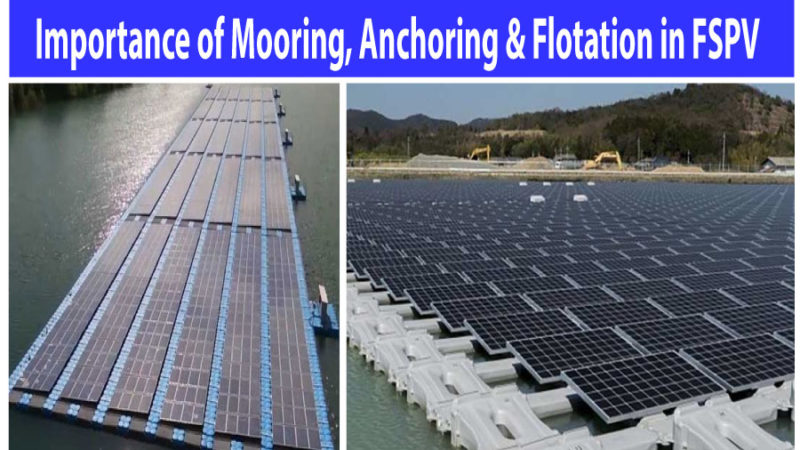Hydro Policy – Interventions for Revival of the Hydro Power Sector

Column By: M. M. Madan, CEO (Hydro & Renewable) Jindal Power Limited.
Many developed countries signify hydro power in the following phrases:
“Hydropower is renewable, non-emitting, flexible, reliable, and cost-competitive with other sources of electricity. The flexibility and energy storage associated with hydropower projects allow generation to be adjusted quickly, meaning it can reliably complement intermittent renewable sources such as wind and solar.”
On a lifecycle basis, hydropower emissions are on par with wind generation and lower than those of solar photovoltaic generation. Therefore, It is necessary to have a significant share of hydro in the grid as mammoth infusion of renewable energy (wind and solar) in future coupled with inherent nature of RE, makes it essential to take the measures for providing peak energy and also for the stabilised grid.Hydropower fits into the billet of ‘100% Make in India’ and has a significant role in the long term planning of energy security. In India the share of hydro power in respect to other sources of energy is continuously falling and depending on the size and location, it takes 5 to 10 years for any hydro project to develop, it is necessary that we take steps for revival of hydro power the earliest.
The need for flexible generation and low cost power has been recognized by allconsumers, developers and stakeholders. Experts are of the view that Hydro Power is not treated at par with other renewables and additionally burdened. Hydro power despite being flexible and much needed due to various benefits which it brings, are not valued and Hydro cost is not seen as a life cycle cost. With 60 years of minimum life of a Hydro, a typical Solar and Wind with less than half the energy generation will require 3 times installation & Capex to be arranged. This long term low cost sustainable generation can only be revived and promoted through support and understanding by government as this being expensive in short term and there is lack of buyers.
Experts are of the view that the Ministry of Power should immediately take following measures for making the sector viable and attractive so that developers come forward to develop the much needed hydro power.
- Hydro projects regardless of nature (ieRoR or storage) & capacity should be treated as ‘Renewables’.
- Transmission charges for Hydropower to be waived at par with Solar.
- The GST rates as applicable to Wind / Solar equipment be made applicable to hydropower constituents.
- As for hydro power the Power Purchase Agreement (PPA)is not being signed by various Discoms; GoI should mandate a separate Hydro purchase obligation under Tariff policy.
Further a higher forbearance price of Rs. 2 /KWh may be specified for the same
- Surcharge & Peak power incentive
- Cross Subsidy charges for open access should be waived off and Inter –State banking and wheeling to be provided
- Time of the day metering: Hydropower has the ability to provide expensive peak power. In absence of TOD metering, Discoms are unable to charge premium from their customers and are thus unwilling to pay premium for peak power. Time of the day tariff through smart metering is necessitated. While the process of implementation of smart metering should be initiated on a faster pace until then MoP may devise alternate mechanism for payment of peak power.
- Consider the benefits listed in the EFC proposal, including interest subvention, for New Projects. The timeline for the benefits to be linked to number of years from start of construction instead of Policy announcement date.
- Long term lending at affordable interest rates should be provided by Banks and FIs.
- Banks to treat hydropower as priority lending projects.
- Banks to earmark at least 40% of the total lending to power sector dedicated only for hydropower projects to provide long term (25 to 30 years) loan.
- Deferment of free power: Consider back loading of free power to reduce the hydro tariff in initial years. This aspect has been covered in the latest Tariff policy. The deferment recommended is for first 12 years and shall be compensated equally over remaining concession period. This shall make the tariff more viable and competitive.
- Hydropower provides various ancillary services like development of infrastructure in remote areas, Employment generation, water security, healthcare benefits, improved education facilities, tourism etc. However, the socioeconomic costs like Land cost, R&R, Forest diversion cost, Environmental costs, enabling infrastructure costs, CAT, LADA, LADF, etc. make the tariff less competitive. It is requested that these costs should be compensated through NCEF and should be provided upfront. This shall not only make the tariff competitive but also helps all stakeholders to develop hydropower in a faster way.
- Single window clearance and all approvals online, time bound trackable at each level. This should be adopted religiously by various approving authorities starting at District level, state level, and central level.
- Revision in project parameters after clearance of projects by CEA and accorded Environment Clearance by MoEF&CC, makes the projects unviable. Revisions necessitate DPR revision & re-appraisal by CEA. Once Basin study is completed, there should be no revisiting for next 25-30 years and any retroactive imposition of Basin Study. EC and EAC meet should be held on weekly basis. Minutes of meeting to be issued within 48-72 hrs.
Hydro power and pumped Storage schemes are the backbone of balanced power supply for any country. All American and European countries are actively reconsidering the development of left out hydro power at fast pace. China has already developed more than 3,31,000 MW of Hydropower as installed capacity which is equivalent to the total installed power capacity of India. India has only developed only 44,500 MW and further development is almost stalled. Unless Govt of India and various State Governments come forward and take aggressively corrective measures a day will come when the total power system of India will collapse.
 About Author: M. M. Madan, with 40 years of vast & rich experience in Hydropower sector has published and presented more than 238 technical papers in national and international forums besides award winning
About Author: M. M. Madan, with 40 years of vast & rich experience in Hydropower sector has published and presented more than 238 technical papers in national and international forums besides award winning
books on Hydropower and Tunneling. He is Chairman of Hydro Sub Group (ASSOCHAM), Member Hydro Core Group (CII National Committee on Power) and President (Arunachal Pradesh Power Companies Association). He is presently CEO (Hydro & Renewables) at Jindal Power Limited .








